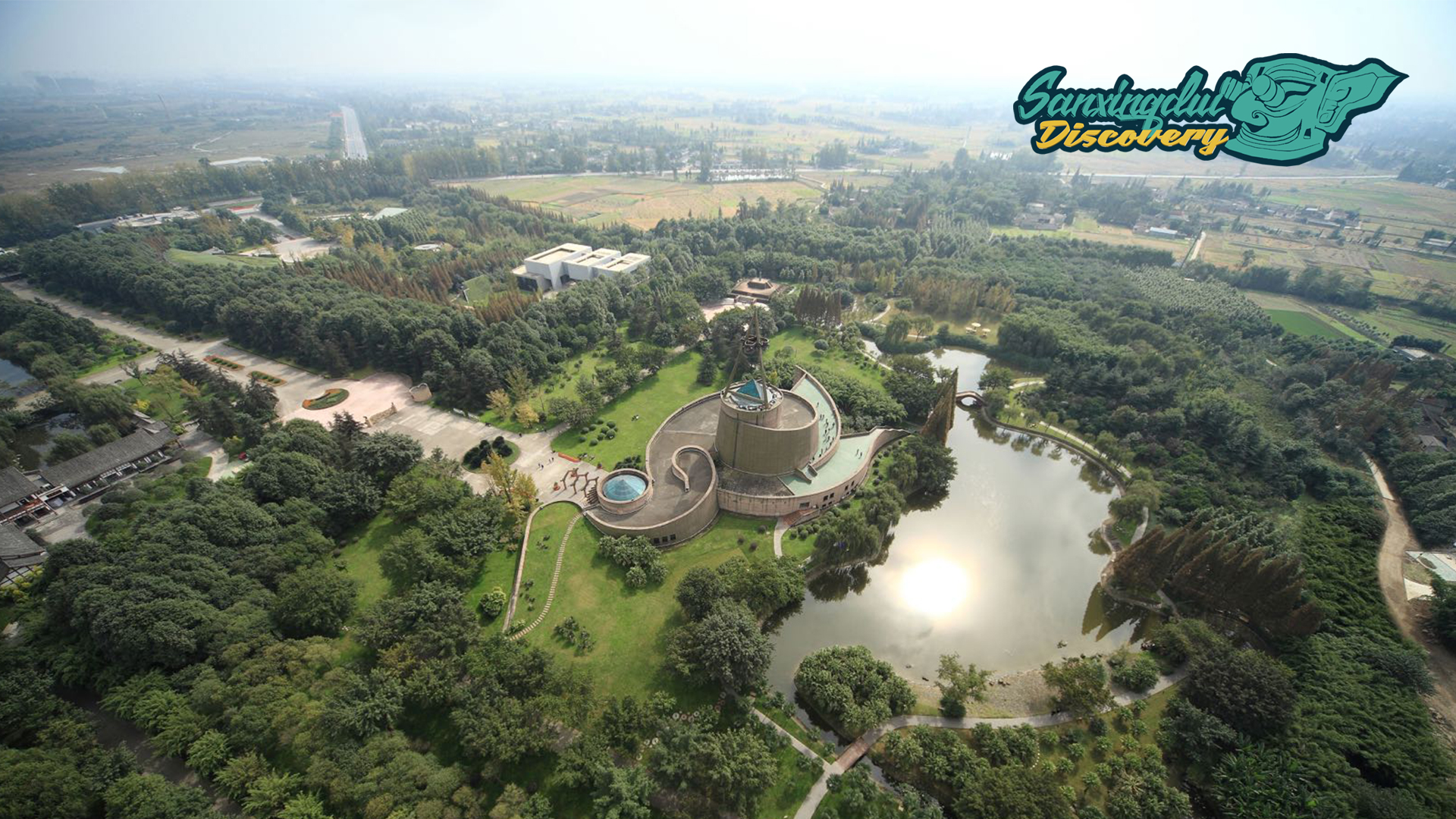
Literally meaning "Three-Star Piles", Sanxingdui is a cultural relic from the the Kingdom of Shu in ancient China. The name refers to the three earth mounds at the eponymous site, whose discovery attracted international attention and rewrote the history of Chinese civilization.
The site is located in Guanghan City, southwest China's Sichuan Province. The excavation has lasted for nearly 100 years since the first discovery in the late 1920s.
Timeline of discovery
It all began when a farmer came across jadeware while digging a ditch in the late 1920s, opening the door to an unknown culture, 3,000 and 5,000 years old.
During the 1980s and 1990s, large-scale continuous excavation took place at the site. From 1980 to 1981, Neolithic house sites were cleared out and tens of thousands of specimens were unearthed, hence the name "Sanxingdui Culture".
During 1982 and 1984, archaeologists carried out two excavations in the southwest of the Sanxingdui site and Xiquankan, unearthing the most recent remains.
In 1986, archaeologists found two large-scale sacrificial pits – Pit No. 1 and Pit No. 2 – dating back to the Shang Dynasty (1600-1046 BC). With thousands of rare treasures discovered from the two pits, they were hailed as "the ninth wonder of the world."
Experts dug out large numbers of strange bronze images and animals from the ruins, such as bronze masks, bronze standing figures and golden rods. The findings also aroused the interest of scholars around the world in the significance of the ancient Shu civilization in southwestern China.

In 1988, China's State Council organized an independent review of the Sanxingdui site and listed it as a national key cultural relics protection unit that year.
From 1989 to 1995, the Sanxingdui Work Station conducted trial excavations on the "earth ridge" outside the site six times to learn more about the nature of the artificially-built city wall, and delineated the Sanxingdui ancient city with an area of 3.6 square kilometers.
The foundations of Sanxingdui Museum were laid in 1992, and a year later Sanxingdui cultural relics were exhibited at the Olympic Museum in Lausanne, Switzerland.
Sanxingdui Museum was completed and opened in 1997, and the largest scale upgrade of Sanxingdui Museum was completed in 2020.
From 2012 to 2015, the foundations of large houses on Qingguan Mountain and important cultural relics of multiple sections of the city wall were discovered. The complete ancient city walls of Sanxingdui were finally revealed.
On July 28, 2020, the Sichuan Provincial Institute of Cultural Relics and Archaeology announced the discovery of an important site next to Sanxingdui, which was believed to be a 5,000-year-old settlement. A large number of potteries, porcelain and stonewares have been unearthed from the site.
Experts believe that the majority of relics unearthed from the ruins bears the features of the Sanxingdui Culture. It is also the first time that a complete sequence of ancient Shu civilization has been found around Sanxingdui.
Sichuan archaeologists discovered six new "sacrificial pits" in the Sanxingdui site area from October 2019 to August 2020. With the approval of the State Administration of Cultural Relics, and starting from September 2020, the Sichuan Provincial Institute of Cultural Relics and Archaeology initiated archaeological excavations in these six sacrificial areas.
Sanxingdui is regarded as one of the most important historical sites in the world, due to its scale, age and relics.
(Cover: An aerial image of Sanxingdui site. /Sanxingdui Museum)

